Blog
The rings of MyCn 18 trace the outline of an hourglass — although one with an unusual eye in its center. Either way, the sands of time are running out for the central star of this hourglass-shaped planetary nebula. With its nuclear fuel exhausted, this brief, spectacular, closing phase of a Sun-like star’s life occurs as its outer layers are ejected – its core becoming a cooling, fading white dwarf. In 1995, astronomers used the Hubble Space Telescope (HST) to make a series of images of planetary nebulae, including the one featured here. Pictured, delicate rings of colorful glowing gas (nitrogen-red, hydrogen-green, andoxygen-blue) outline the tenuous walls of the hourglass. The unprecedented sharpness of the Hubble images has revealed surprising details of the nebula ejection process that are helping to resolve the outstanding mysteries of the complex shapes and symmetries of planetary nebulas like MyCn 18.

Stephen Michael Reich born October 3, 1936) is an American composer known for his contribution to the development of minimal music in the mid to late 1960s. Reich’s work is marked by its use of repetitive figures, slow harmonic rhythm, and canons. Reich describes this concept in his essay, “Music as a Gradual Process”, by stating, “I am interested in perceptible processes. I want to be able to hear the process happening throughout the sounding music.” To do so, his music employs the technique of phase shifting, in which a phrase is slightly altered over time, in a flow that is clearly perceptible to the listener.
His innovations include using tape loops to create phasing patterns, as on the early compositions It’s Gonna Rain(1965) and Come Out (1966), and the use of simple, audible processes, as on Pendulum Music (1968) and Four Organs (1970). The 1978 recording Music for 18 Musicians would help entrench minimalism as a movement.Reich’s work took on a darker character in the 1980s with the introduction of historical themes as well as themes from his Jewish heritage, notably Different Trains (1988).
Reich’s style of composition has influenced many contemporary composers and groups, especially in the United States. Writing in The Guardian, music critic Andrew Clements suggested that Reich is one of “a handful of living composers who can legitimately claim to have altered the direction of musical history”. Reich was born in New York City to Jewish parents, the Broadway lyricist June Sillman and Leonard Reich. When he was one year old, his parents divorced, and Reich divided his time between New York and California. He is the half-brother of writer Jonathan Carroll.
more...Chubby Checker (born Ernest Evans; October 3, 1941) is an American singer and dancer. He is widely known for popularizing many dance styles, including the Twist dance style, with his 1960 hit cover of Hank Ballard & The Midnighters‘ R&B song “The Twist“, and the pony dance style with the 1961 cover of the song “Pony Time“. His biggest UK hit, “Let’s Twist Again“, was released one year later (in 1962); that year, he also popularized the song “Limbo Rock“, originally a previous-year instrumental hit by the Champs to which he added lyrics, and its trademark Limbo dance, as well as other dance styles such as The Fly. In September 2008, “The Twist” topped Billboard‘s list of the most popular singles to have appeared in the Hot 100 since its debut in 1960, an honor it maintained for an August 2013 update of the list.[1]
Checker was born Ernest Evans in Spring Gully, South Carolina
https://www.youtube.com/watch?v=VM3gKfCk6Dg
more...Earle Lavon “Von” Freeman Sr. (October 3, 1923 – August 11, 2012) was an American hard bop jazz tenor saxophonist.
Born in Chicago, Illinois, to parents George Freeman and Earle née Granberry Freeman, he was exposed as a young child to jazz. His father, George, a city policeman, was a close friend of Louis Armstrong with Armstrong living at the Freeman house when he first arrived in Chicago.
Freeman’s father taught him to play piano and bought him his first saxophone when he was seven. His musical education was furthered at DuSable High School, where his band director was Walter Dyett. Freeman began his professional career at the age of 16 in Horace Henderson‘s Orchestra.
Freeman enlisted into the Navy during World War II and was trained at Camp Robert Smalls in Chicago. “All the great musicians ended up at Great Lakes”, he recalled. “It was an incubator for the best and the brightest lights in the jazz world at that time, and the musical jam sessions were simply phenomenal.” After training, he was sent to Hawaii as part of the Hellcats stationed at Barbers Point Naval Air Station in a band that starred Harry “Pee Wee” Jackson, the trumpeter from Cleveland whose nickname was Gabriel. The Hellcats were frequent winners of the islands’ competitive Battle of the Bands competitions and included musicians who had formerly played in bands fronted by Duke Ellington, Fletcher Henderson, Ella Fitzgerald, Lucky Millinder, Les Hite, Count Basie, Fats Waller, and Tiny Bradshaw.
more...Stephen Ray Vaughan (also known as SRV; October 3, 1954 – August 27, 1990) was an American musician, best known as the guitarist and frontman of the blues rock trio Stevie Ray Vaughan and Double Trouble. Although his mainstream career spanned only seven years, he is regarded as one of the most influential musicians in the history of blues music, and one of the greatest guitarists of all time. He was the younger brother of guitarist Jimmie Vaughan.
Born and raised in Dallas, Vaughan began playing guitar at age seven, initially inspired by his elder brother, Jimmie Vaughan. In 1972, he dropped out of high school and moved to Austin, where he began to gain a following after playing gigs on the local club circuit. Vaughan joined forces with Tommy Shannon on bass and Chris Layton on drums as Double Trouble in 1978 and established it as part of the Austin music scene; it soon became one of the most popular acts in Texas. He performed at the Montreux Jazz Festival in 1982, where David Bowie saw him play. Bowie contacted him for a studio gig that resulted in Vaughan playing blues guitar on the album Let’s Dance (1983), before being discovered by John Hammond who interested major label Epic Records in signing Vaughan and his band to a record deal. Within months, they achieved mainstream success for the critically acclaimed debut album Texas Flood. With a series of successful network television appearances and extensive concert tours, Vaughan became the leading figure in the blues revival of the 1980s. Playing his guitar behind his back or plucking the strings with his teeth as Jimi Hendrixdid, he earned fame in Europe, which later resulted in breakthroughs for guitar players like Robert Cray, Jeff Healey, Robben Ford, and Walter Trout, amongst others.
During the majority of his life, Vaughan struggled with alcoholism and drug addiction. He also struggled with the personal and professional pressures of fame and his marriage to Lenora “Lenny” Bailey. He successfully completed rehabilitation and began touring again with Double Trouble in November 1986. His fourth and final studio album In Step reached number 33 in the United States in 1989; it was one of Vaughan’s most critically and commercially successful releases and included his only number-one hit, “Crossfire”. He became one of the world’s most highly demanded blues performers, and he headlined Madison Square Garden in 1989 and the Beale Street Music Festival in 1990.
On August 27, 1990, Vaughan and four others were killed in a helicopter crash in East Troy, Wisconsin, after performing with Double Trouble at Alpine Valley Music Theatre. An investigation concluded that the cause of the accident was pilot error and Vaughan’s family later filed a wrongful death lawsuit against Omniflight Helicopters which was settled out of court. Vaughan’s music continued to achieve commercial success with several posthumous releases and has sold over 15 million albums in the United States alone. In 2003, David Fricke of Rolling Stone ranked him the seventh greatest guitarist of all time. Vaughan was posthumously inducted into the Rock and Roll Hall of Fame in 2015, along with Double Trouble bandmates Chris Layton, Tommy Shannon, and Reese Wynans.
more...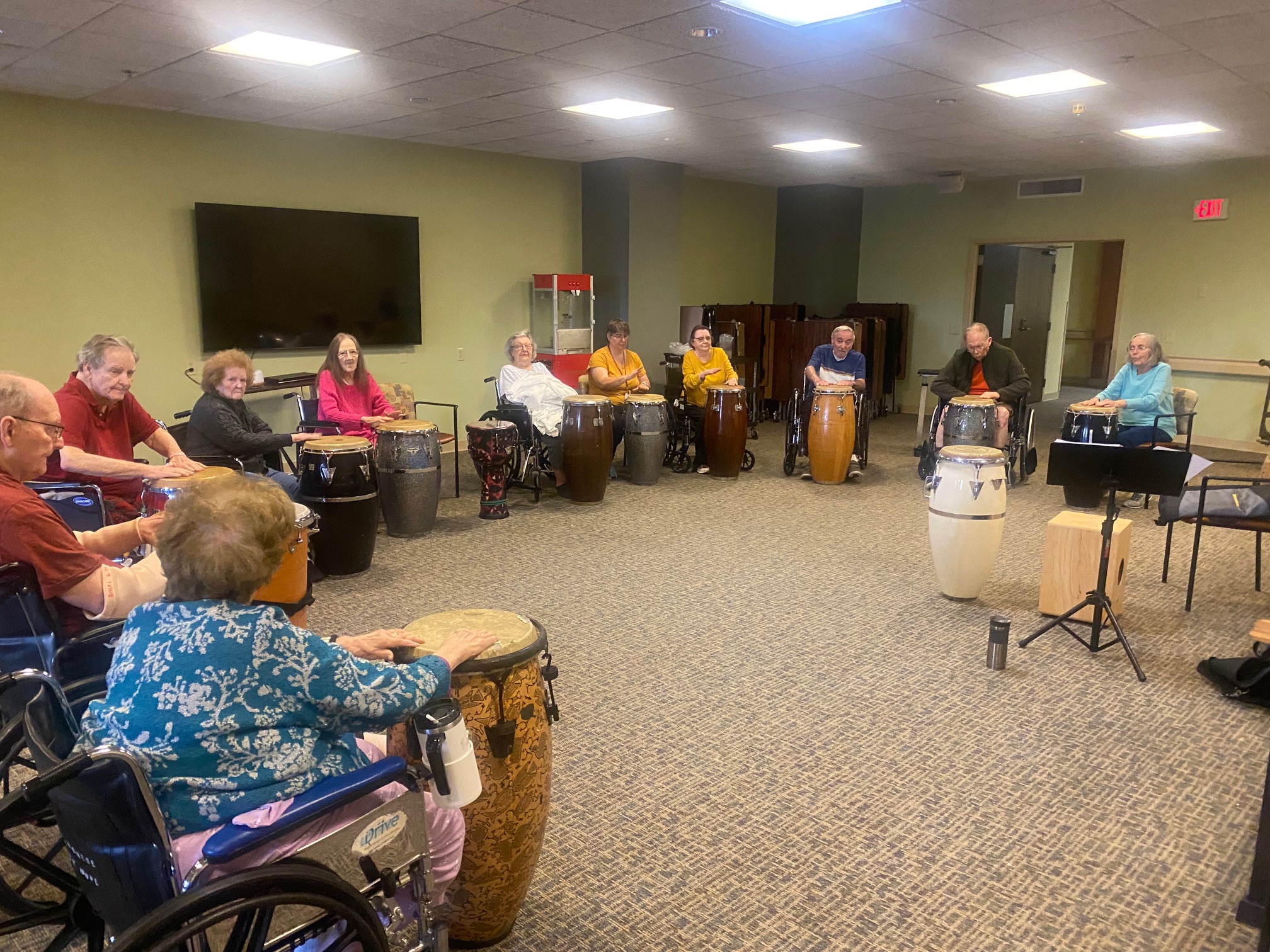
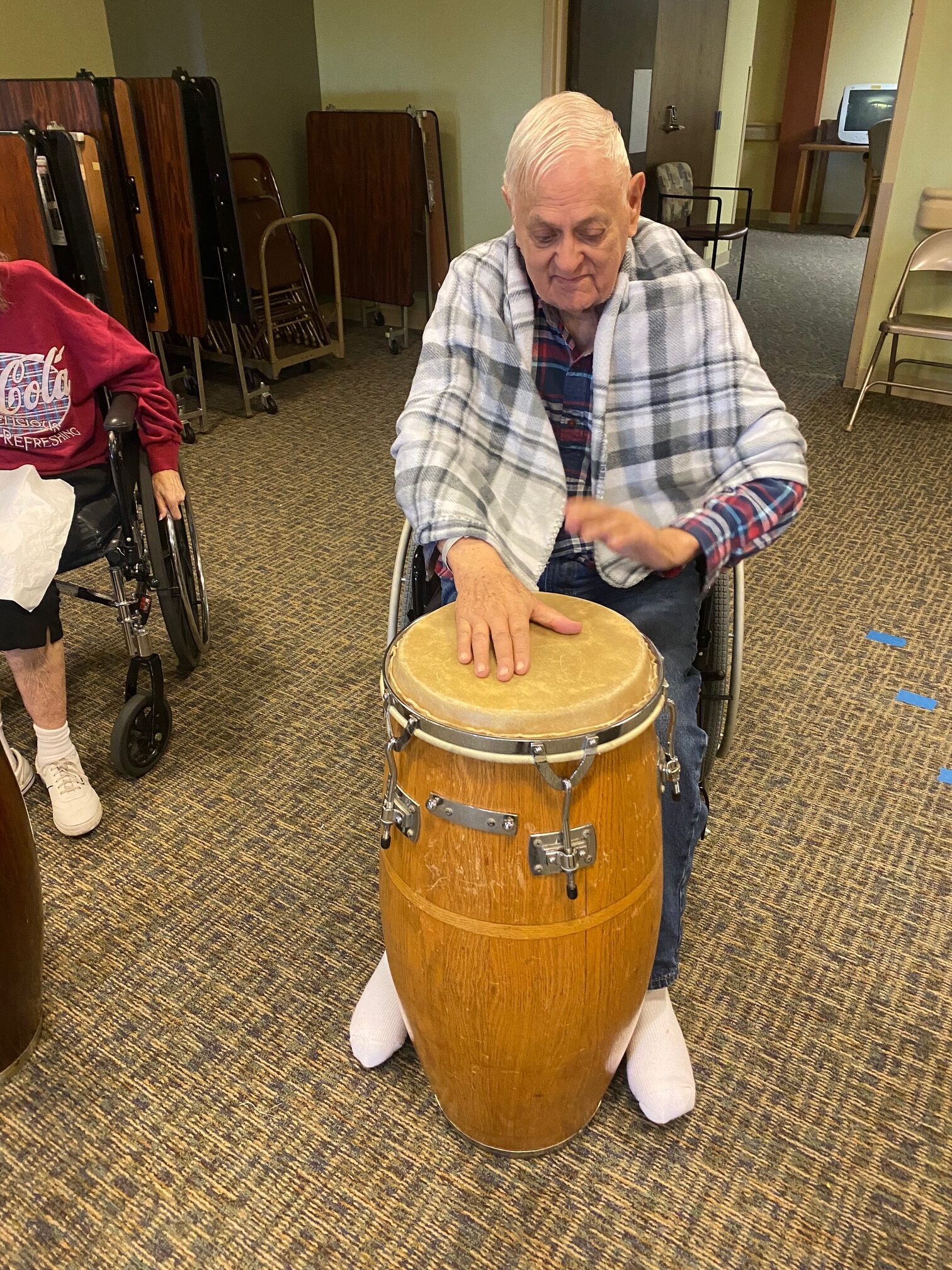
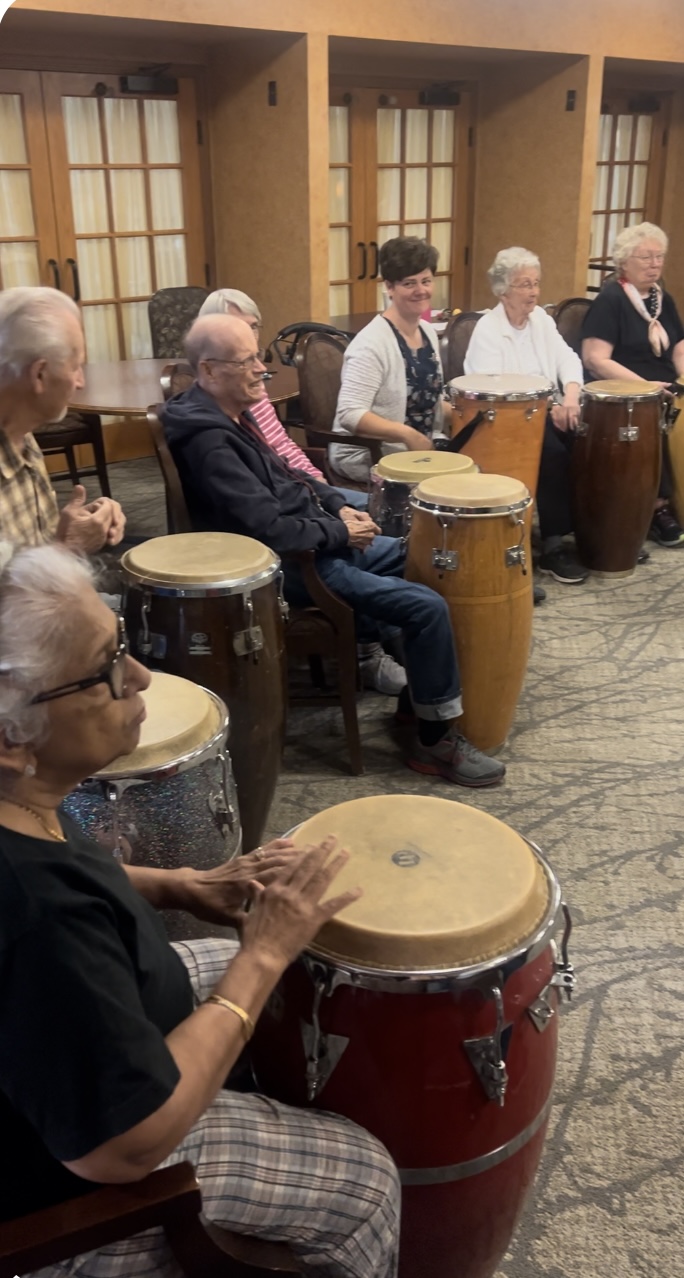
There are two different types of nebulae brought to you in this Picture of the Week. Each appears with a distinct colour in the visible sky and are captured here using the wide-field camera OmegaCAM on the VLT Survey Telescope (VST), hosted at ESO’s Paranal Observatory in the Chilean desert.
The large, bright emission nebula at the centre, IC1284, is a star-forming region composed primarily of hydrogen. Its rosy glow comes from electrons within the hydrogen atoms: they’re excited by the radiation from young stars, but then they lose energy and emit a specific colour or wavelength of light. One of the filters on OmegaCAM lets through this particular reddish colour, hence the nebula’s look. Meanwhile, another colour filter highlights the blue reflection nebulae NGC6589 and NGC6590 in the lower right corner. The dust in a reflection nebula preferentially scatters shorter, bluer wavelengths of light from nearby stars, which is what gives these nebulae their eerie glow. It’s the same reason why the sky is blue!
The frame of this image covers an area roughly equivalent in the sky to a full Moon. This image was captured as part of a large ESO public survey, the VST Photometric H alpha Survey of the Southern Galactic Plane and Bulge (VPHAS+), which observes nebulae and stars in visible light to help astronomers understand how stars are born, live and die.
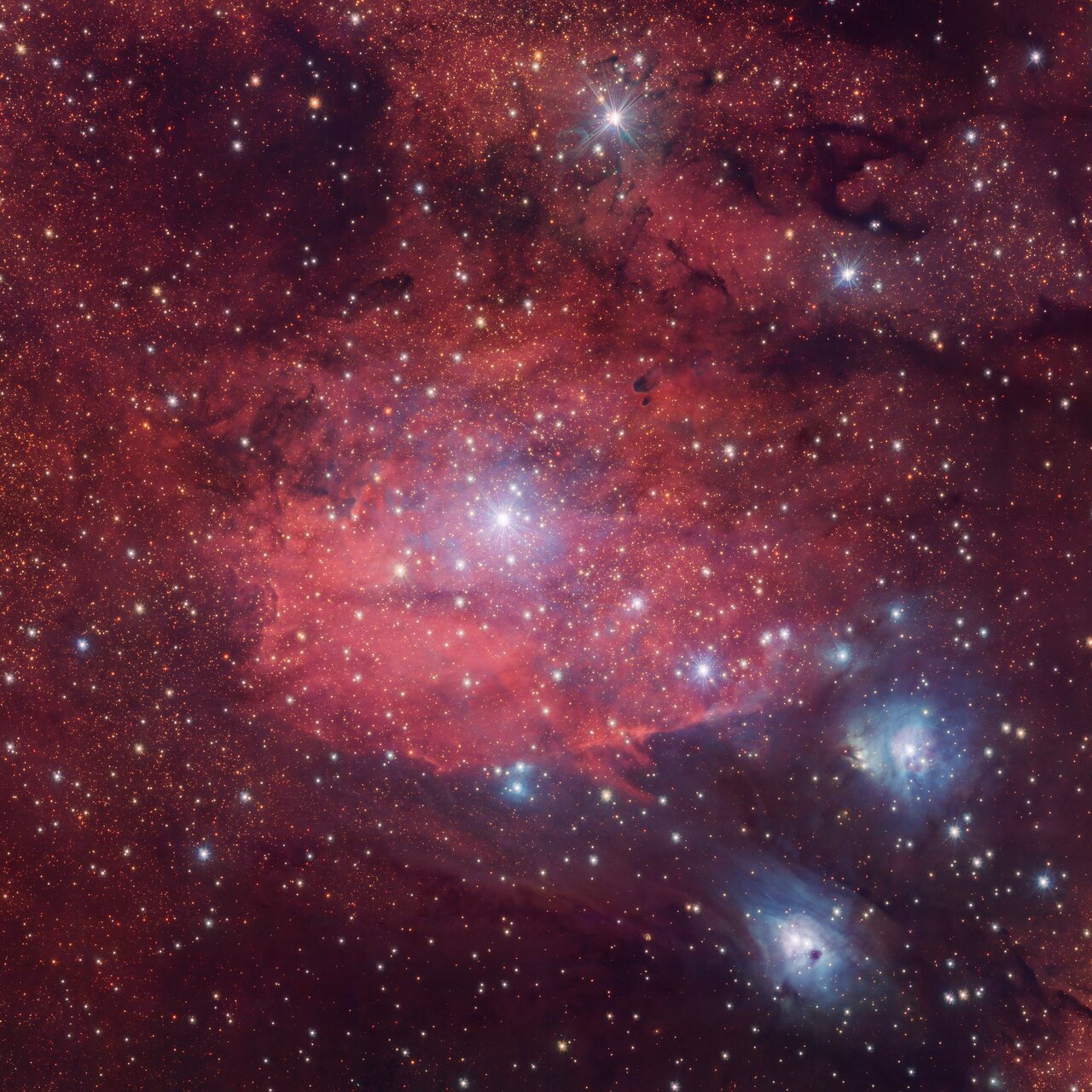
1966 Kenny Rittenhouse received a Bachelor’s Degree in music from West Virginia Wesleyan College in 1988 and a Master of Music in Jazz Studies from the University of Maryland in 2006. He also did graduate work on trumpet and in jazz at the Eastman School of Music, and at Duquesne University in Pittsburgh, PA where he studied with Roger Sherman of the Pittsburgh Symphony. Since 1990 Mr. Rittenhouse has been a member of The United States Army Band (Pershing’s Own) in Washington, DC., the premier band of the Army, and currently performs with The U.S. Army Blues Jazz Ensemble. As member of the Army Blues, he has shared the stage alongside Ernie Andrews, Kevin Mahogany, Lou Rawls, Wycliff Gordon, Doc Severinsen, Arturo Sandoval, and Sean Jones. As a member of the Smithsonian Jazz Masterworks Orchestra, he has toured nationally and internationally with jazz flutist Hubert Laws and vocalist Kurt Elling. As a past member of the Pittsburgh Jazz Orchestra led by trumpeter Sean Jones, he has shared the stage with Jazz legends such as Jimmy Heath, Ahmad Jamal, and Freddy Cole. Mr. Rittenhouse currently holds the Applied Trumpet Instructor position at Morgan State University. Before teaching at Morgan State, he taught Jazz Trumpet at George Mason University for the past 14 years. For over 25 years Mr. Rittenhouse has led his own jazz quartet performing in and around the Washington, DC area with many great jazz artists including Larry Willis, Ralph Peterson, Don Braden, Buck Hill, and Steve Wilson, and Butch Warren. The Kenny Rittenhouse Ensemble is one of the hardest swinging jazz groups in the greater DC metro area. The group, under the direction of trumpeter Kenny Rittenhouse, was formed several years ago and has appeared in such venues as Blues Alley, Bohemian Caverns, and Twins Jazz Club. The group recorded their first release (a sextet) in 2006 titled “The Francis Suite”. Their second release, recorded in February 2013 is titled “New York Suite”. It’s a hard swinging septet playing mostly original songs highlighting traditional straight ahead jazz with a bit of Funk & R&B in the mix. The ensemble performs with intensity and fervor, focusing on the concept of “swing”, paying homage to the blue note recording artist of the 60’s. These gifted performers pride themselves on presenting bop/post bop styles and modern originals as well as establishing a report with their audience that few others produce.
more...Gordon Matthew Thomas Sumner CBE (born 2 October 1951), known as Sting, is an English musician and actor. He was the frontman, songwriter and bassist for new wave band the Police from 1977 until their breakup in 1986. He launched a solo career in 1985 and has included elements of rock, jazz, reggae, classical, new-age, and worldbeat in his music.
As a solo musician and a member of the Police, Sting has received 17 Grammy Awards: he won Song of the Year for “Every Breath You Take“, three Brit Awards, including Best British Male Artist in 1994 and Outstanding Contribution in 2002, a Golden Globe, an Emmy, and four nominations for the Academy Award for Best Original Song. In 2019, he received a BMI Award for “Every Breath You Take” becoming the most-played song in radio history. In 2002, Sting received the Ivor Novello Award for Lifetime Achievement from the British Academy of Songwriters, Composers and Authors and was also inducted into the Songwriters Hall of Fame. He was inducted into the Rock and Roll Hall of Fame as a member of the Police in 2003. In 2000, he received a star on the Hollywood Walk of Fame for recording. In 2003, Sting received a CBE from Elizabeth II at Buckingham Palace for services to music. He was made a Kennedy Center Honoree at the White House in 2014 and was awarded the Polar Music Prize in 2017. In May 2023, he was made an Ivor Novello Fellow.
With the Police, Sting became one of the world’s best-selling music artists. Solo and with the Police combined, he has sold over 100 million records. In 2006, Paste ranked him 62nd of the 100 best living songwriters. He was 63rd of VH1‘s 100 greatest artists of rock, and 80th of Q‘s 100 greatest musical stars of the 20th century. He has collaborated with other musicians on songs such as “Money for Nothing” with Dire Straits, “Rise & Fall” with Craig David, “All for Love” with Bryan Adams and Rod Stewart, “You Will Be My Ain True Love” with Alison Krauss, and introduced the North African music genre raï to Western audiences through the hit song “Desert Rose” with Cheb Mami. In 2018, he released the album 44/876, a collaboration with Jamaican musician Shaggy, which won the Grammy Award for Best Reggae Album in 2019.
more...
Howard Mancel Roberts (October 2, 1929 – June 28, 1992) was an American jazz guitarist, educator, and session musician.
Roberts was born in Phoenix, Arizona to Damon and Vesta Roberts, and began playing guitar at the age of 8 – a Gibson manufactured $18 Kalamazoo student model acoustic given to him by his parents at Christmas. He took lessons from Horace Hatchett who commented to Roberts’ father that Roberts, at the age of 15, “…has his own style of playing and there’s nothing else I can show him. He plays better than I do.” By the time he was 15 he was playing professionally locally, predominantly blues based music, where he learned from a number of black musicians, trumpeter Art Farmer being among that group. In 1992 Roberts was quoted in “The Independent Newsletter” by Steve Voce saying he considered that early experience to be “the most valuable” to him in his development as a player. At the time Roberts and his close friend and roommate, guitarist Howard Heitmeyer, would start their day by practicing 3 or 4 hours, catch an afternoon movie, returning to practice until they went to the clubs in the evening.
When Roberts reached the age of 17 he was involved with a class that was begun by Joseph Schillinger, a composer/theorist. Fabian Andre had been commissioned to teach the class. Some of the students who had taken the class included George Gershwin, Tommy Dorsey, Benny Goodman and Oscar Levant. Schillinger applied mathematical principles to art which appealed to Roberts. To be able to take the course he made a deal with Andre; he’d sweep the floors after class to help defray the cost of his tuition. By the late ‘40s Roberts was playing with one of his boyhood friends, Pete Jolly – a well known jazz pianist – and they toured Washington and Idaho in early 1950.
more...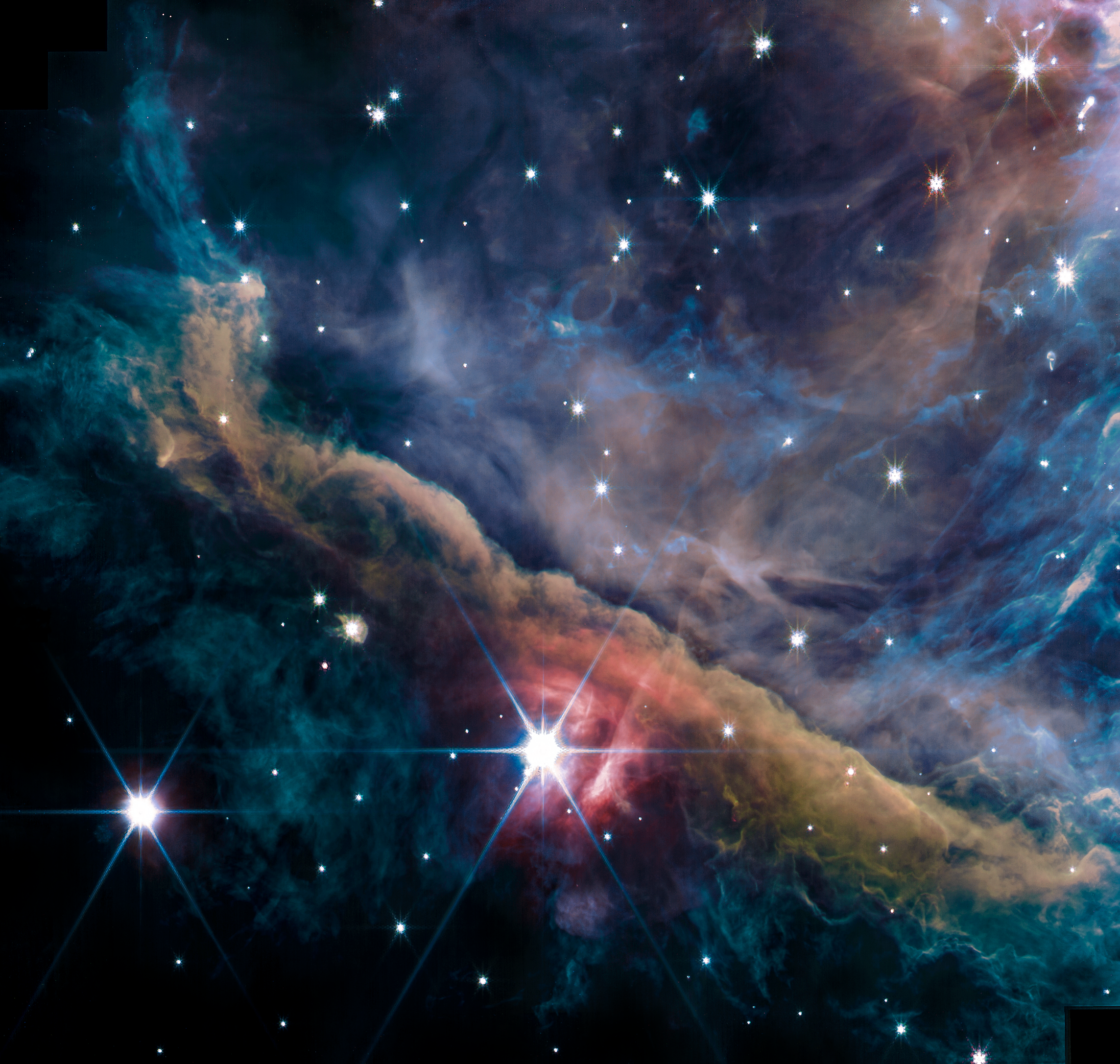
Ellen McIlwaine (October 1, 1945 – June 23, 2021) was an American-born singer-songwriter and musician best known for her career as a solo singer, songwriter and slide guitarist.
Born in Nashville, Tennessee, United States, McIlwaine was adopted by missionaries and raised in Kobe, Japan, giving her exposure to multiple languages and cultures. She attended the Canadian Academyschool in Kobe, graduating in 1963. Her first experience in music was playing on piano Ray Charles, Fats Domino and Professor Longhair songs that she heard on Japanese radio. On moving back to the United States she bought a guitar, beginning a stage career in Atlanta, Georgia in the mid-1960s.[citation needed]
In 1966, McIlwaine had a stint in New York City’s Greenwich Village where she opened every night at the Cafe Au Go Go, playing with Jimi Hendrix, and opening for Muddy Waters, Sonny Terry and Brownie McGhee, and Big Joe Williams.[citation needed] She returned to Atlanta to form the band Fear Itself, a psychedelic blues rock band.
more...David “Dave” Holland (born 1 October 1946) is an English cellist, double bassist, bass guitarist, composer and bandleader who has been performing and recording for five decades. He has lived in the United States since the early 1970s.
His extensive discography ranges from solo performances to pieces for big band. Holland runs his own independent record label, Dare2, which he launched in 2005.
Holland formed his first working quintet in 1983, and over the next four years released Jumpin’ In, Seeds of Time, and The Razor’s Edge, featuring alto saxophonist Steve Coleman, trumpeter Wheeler and trombonist Julian Priester (or Robin Eubanks). Subsequently, he formed the Dave Holland Trio (with Coleman and DeJohnette) for the 1988 album Triplicate, and teamed with Coleman, electric guitarist Kevin Eubanks and drummer Marvin “Smitty” Smithfor Extensions. He also recorded Life Cycle, an album of compositions played on solo cello.
The bassist also continued to collaborate with his peers, often connecting with figures from the previous generation of jazz icons. In 1989, Holland teamed with drummer Billy Higgins and pianist Hank Jones to record The Oracle, and joined drummer Roy Haynes and guitarist Pat Metheny in 1989 to record Question and Answer.
more...Albert Gene Collins, known as Albert Collins and the Ice Breakers(October 1, 1932 – November 24, 1993), was an American electric blues guitarist and singer with a distinctive guitar style. He was noted for his powerful playing and his use of altered tunings and a capo. His long association with the Fender Telecaster led to the title “The Master of the Telecaster”.
Collins was born in Leona, Texas, on October 1, 1932. He was introduced to the guitar at an early age by his cousin Lightnin’ Hopkins, also a Leona resident, who played at family gatherings. The Collins family relocated to Marquez, Texas, in 1938 and to Houston in 1941, where he attended Jack Yates High School. Collins took piano lessons when he was young, but when his piano tutor was unavailable his cousin Willow Young would lend Albert his guitar and taught him the altered tuning that he used throughout his career. Collins tuned his guitar to an open F-minor chord (FCFA♭CF), with a capo at the 5th, 6th or 7th fret. At the age of sixteen, he decided to concentrate on learning the guitar after hearing “Boogie Chillen’” by John Lee Hooker.
more...
More Posts
- The Cosmos with IC1805 Heart Nebula
- Merl Saunders Day
- Magic Sam Day
- Dwike Mitchell Day
- Arghyris Kounadis Day
- Flamenco Fridays with José del Tomate
- Daily Roots with the Heptones
- The Cosmos with M20
- Peter Gabriel Day
- Wardell Gray Day
- King Floyd Day
- World Music with Yungchen Lhamo
- Daily Roots with the Gladiators
- The Cosmos with NGC 7293
- Bill Laswell Day
- Adja Pekkan Day
- Pink Anderson Day
- Big John Wrencher Day
- World Music with Humayun Khan
- Daily Roots with Roy Cousins & the Royals